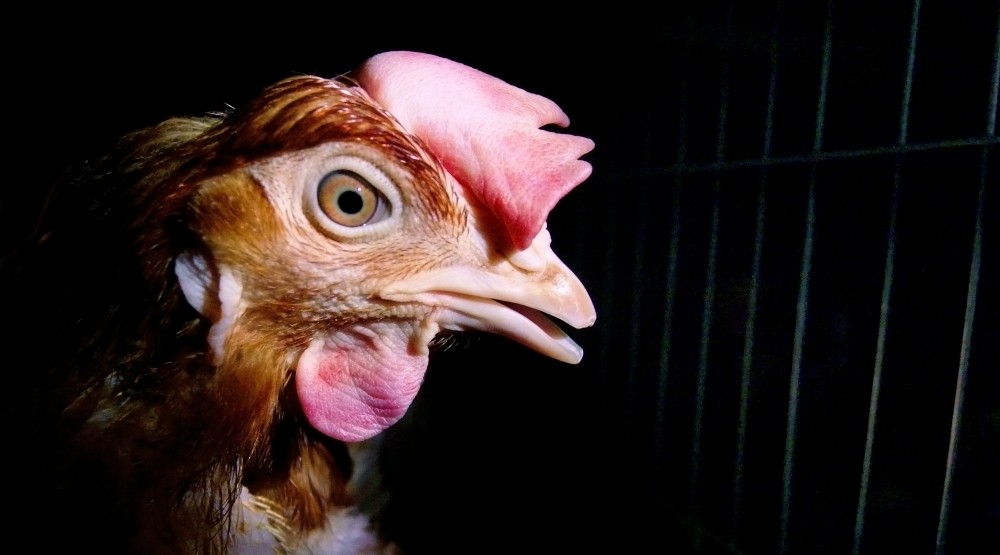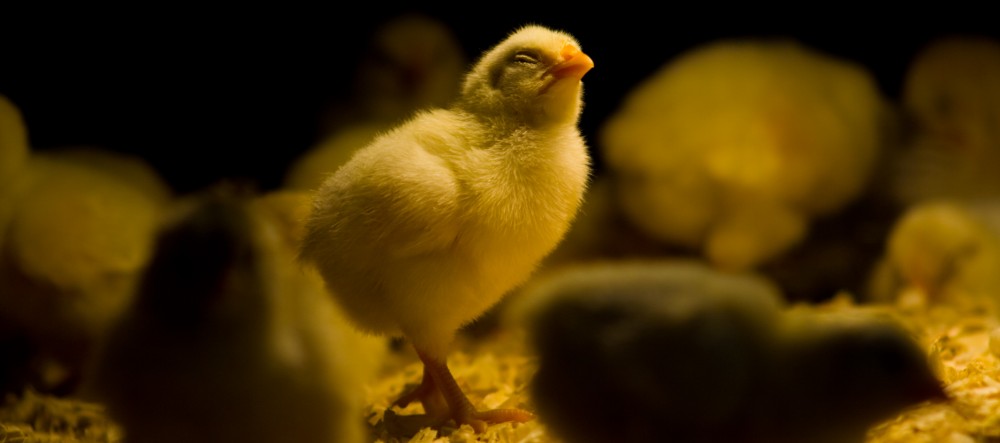
Humane eggs are a myth – Egg Industry

Copyright Tamara Kenneally
The egg industry would have us imagine that hens just lay lots of eggs. This is not true. Hens, like other birds, lay one or two clutches of eggs annually, for the purpose of hatching their young. Selective breeding, in addition to artificial stimulation with lighting, and in some countries practices such as forced moulting, are used to ensure that they lay eggs for approximately 300 out of every 365 days. This is the human equivalent of a menstrual cycle and childbirth, on an almost daily basis.
So, it is not only the deplorable conditions that most hens are forced to live in that makes eggs unethical. Being bred to lay eggs in such unnatural quantities means that regardless of where they live (free range, organic, back yard or even animal rescues) the toll on their bodies is enormous.
They suffer a range of distressing, painful and disabling conditions including osteoporosis, infection, internal laying, egg binding, ascites, Marek’s Disease, prolapsed cloaca, heart and liver disease, and cancer (Helmboldt and Fredrickson, Diseases of Poultry, 6th edition). Reproductive cancer is so prolific in egg laying hens that they are now considered a model for the study of similar cancers in humans (The Standard of Perfection: Thoughts about the Laying Hen Model of Ovarian Cancer, Cancer).

Males are useless to the egg industry. Male chicks are killed at birth by suffocation or grinding alive.
(Warning Graphic content). Although the procedure in this video is part of the meat industry, it illustrates the same procedure that the egg industry uses to dispose of unwanted male chicks).
Resources:
